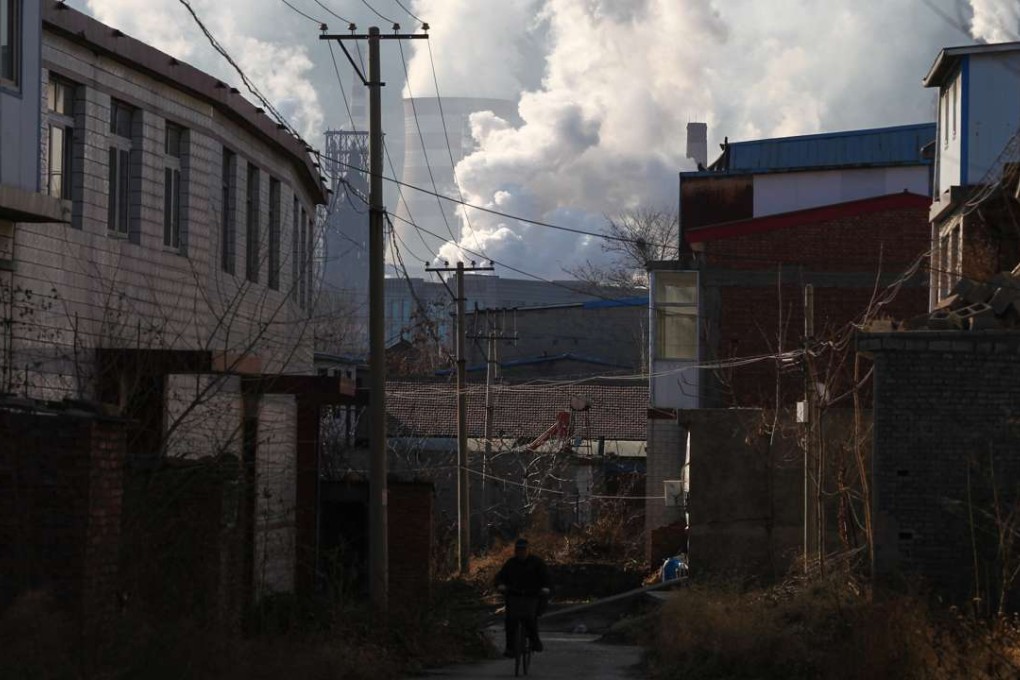Smokestacks still billowing in Chinese city that became a byword for pollution
Steel plants in Qianan have ramped up production on rising prices

Whenever Beijing is shrouded in choking smog, photos taken two years ago in the city of Qianan, about 220km southeast of the capital, re-emerge online.
The smoke is all black, turning daylight into night
First published in December 2014, they provided telling evidence of the way unchecked emissions of pollutants from iron and steel plants were devouring the blue skies and damaging public health in the heart of China’s rust-belt Hebei province.
Since the photos were taken, the central and local governments have vowed to cut overcapacity in the bloated steel sector and address the area’s notorious smog problem. Yet two years on, production and pollution at a dozen of steel mills in Qianan looks much the same, the South China Morning Post discovered on a recent visit to the city.
Plumes of steam and bluish smoke were clearly visible when approaching the plant of private steel producer Jiujiang Wire, emerging continually from a small forest of chimneys.